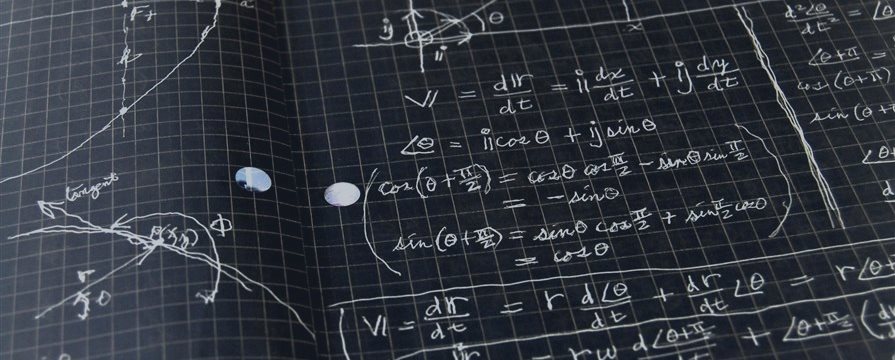A quantitative trading system consists of four major components:
- Strategy Identification - Finding a strategy, exploiting an edge and deciding on trading frequency
- Strategy Backtesting - Obtaining data, analysing strategy performance and removing biases
- Execution System - Linking to a brokerage, automating the trading and minimising transaction costs
- Risk Management - Optimal capital allocation, "bet size"/Kelly criterion and trading psychology
All quantitative trading processes begin with an initial period of research. This research process encompasses finding a strategy, seeing whether the strategy fits into a portfolio of other strategies you may be running, obtaining any data necessary to test the strategy and trying to optimise the strategy for higher returns and/or lower risk. You will need to factor in your own capital requirements if running the strategy as a "retail" trader and how any transaction costs will affect the strategy.
Strategy BacktestingThe goal of backtesting is to provide evidence that the strategy identified via the above process is profitable when applied to both historical and out-of-sample data. This sets the expectation of how the strategy will perform in the "real world".
sdsds
Execution SystemsAn execution system is the means by which the list of trades generated by the strategy are sent and executed by the broker. Despite the fact that the trade generation can be semi- or even fully-automated, the execution mechanism can be manual, semi-manual or fully automated. Risk Management The final piece to the quantitative trading puzzle is the process of risk management. It covers nearly everything that could possibly interfere with the trading implementation, of which there are many sources.



